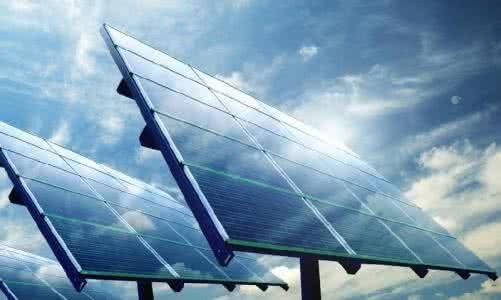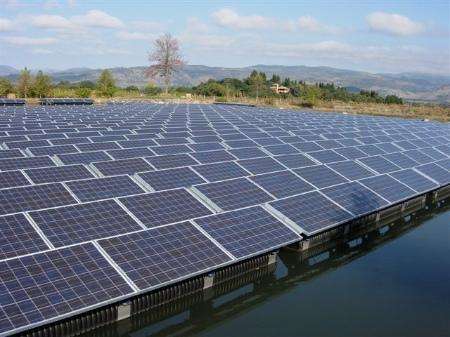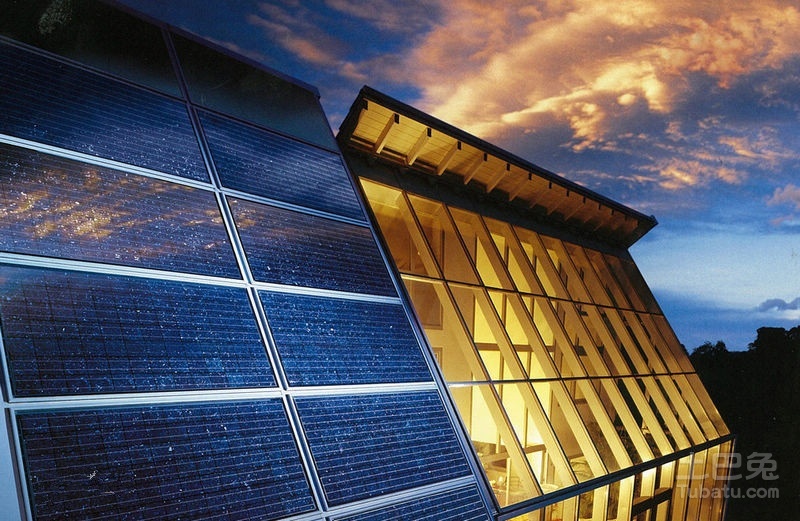Nanowire technology can double the efficiency of solar cells
Nov 16, 2021
A research team at the Norwegian University of Science and Technology (NTNU) has developed a method for manufacturing ultra-high-efficiency solar cells using semiconductor nanowire materials. If used in traditional silicon-based solar cells, this method is expected to double the efficiency of today's silicon solar cells at low cost. The research paper was published in the journal ACS Photonics of the American Chemical Society.
The main developer of the new technology and NTNU PhD student Anjan Mukherjee said that their new method is very effective, using gallium arsenide materials and nanostructures, so only a small part of the commonly used materials can be used to improve solar energy. The efficiency of the battery.

Due to its extraordinary light absorption and electrical properties, gallium arsenide has become the best material for manufacturing high-efficiency solar cells, and is usually used to manufacture space solar panels. However, the manufacturing cost of high-quality gallium arsenide solar cell modules is quite high. In recent years, people have realized that compared with standard planar solar cells, nanowire structures can potentially increase the efficiency of solar cells while using fewer materials.
NTNU researcher Haig Wieman said that the team found a new way to make ultra-high-power solar cells that are more than 10 times more efficient than any other solar cell by using gallium arsenide in the nanowire structure.

